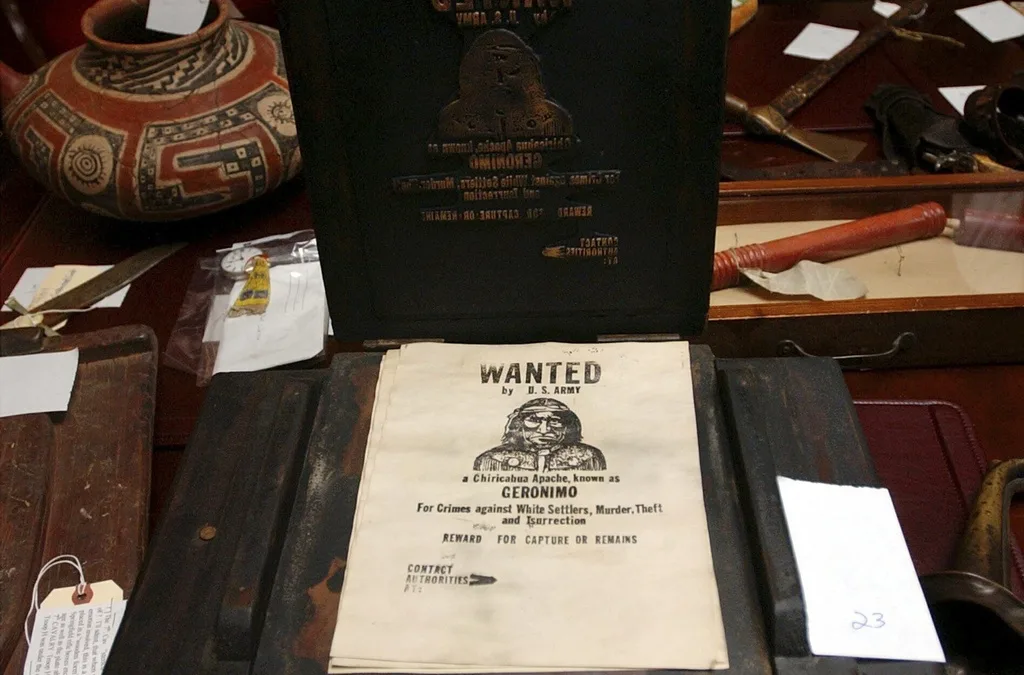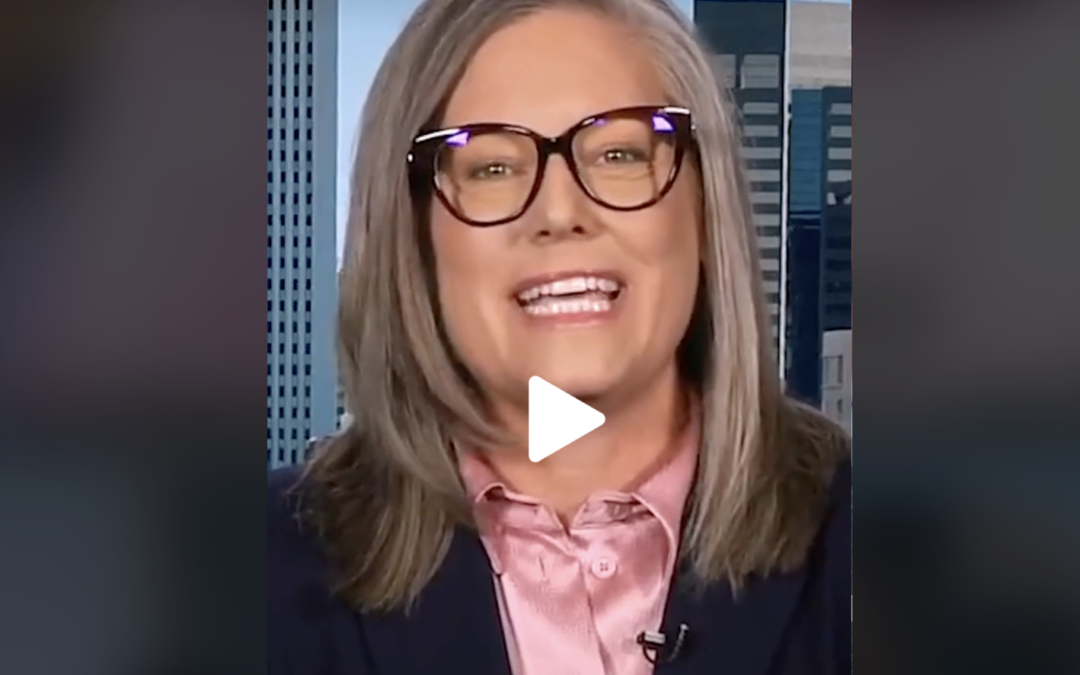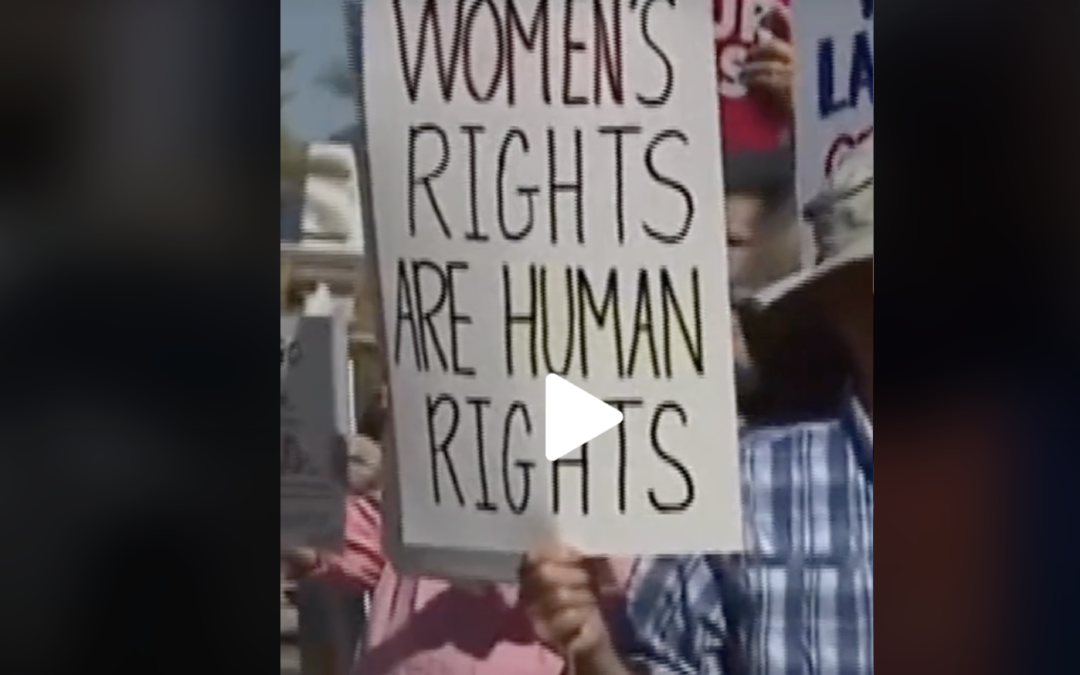Opinion: Working in the spotlight in one of the most-watched trial in history made me realize harm of having cameras in the courtroom.
The watchful eye of a camera is never far away from any of us. They rest in pockets and purses. They monitor the activities in stores, outside residential doors, and countless other places that serve our needs. Yet, as I see it, the courtroom should not be one of those places.
Why? Because, in order to serve their true purpose, to administer justice, courts and the trials held within them should be sacrosanct. Not just from the psychological phenomenon of reactivity, but more importantly, from the potential of being re-cast as reality television or a sporting event and thereby giving rise to the potential of serving a master other than justice — the media.
Balancing freedom and fairness
In making this assertion, let me be clear, I am not suggesting that trials take place outside of the public eye. Our First Amendment allows media access to the trial for good reason. We the people deserve to know what is going on within our courts.
RELATED: Jodi Arias’ Defense Lawyer to Close Final Chapter on Defending the Notorious Killer
Yet, at the same time the Sixth Amendment guarantees the right of all those accused of a crime to have a fair trial – a right I feel is placed in jeopardy when access transforms into exploitation.
This was the case during Arizona’s trial of the decade — yep you guessed it— Jodi Arias’.
Pulling the plug
As Jodi Arias’ lead-counsel, this was a concern I observed first-hand for over five months during Round One when cameras were allowed and for about three months during Round Two when the plugs were pulled.
During Round One, not just cameras of the traditional nature were allowed, but cameras that served as entry points for voyeurs came into play. Often termed as “trial watchers,” the high level of exposure allowed them to watch the trial in real-time over the internet, where they were free to comment, hurl insults towards — and even threaten — trial participants, all from the sanctity of their personal space.
Sadly, this was an opportunity many took advantage of. A group whose threats were such that I hold no reservations casting as terrorists.
Accepting responsibility
Now don’t get me wrong, I am not saying that any portion of Ms. Arias’ trial was unfair. Instead what I am saying is that the prospect was much greater before the plugs were pulled.
Now, am I saying that the cameras are responsible for the conduct of viewers? Not at all. Instead, I am saying that such a response must be accounted for when determining if the proverbial plug should be pulled in Arizona courtrooms.
RELATED: Here’s How Democrats Want to Bring Criminal Justice Reform to Maricopa County
Granted, the Arias trial is likely and hopefully a “once in a lifetime” type of trial. At the same time, technology is now such that these terrorist have the ability to – for the most part – anonymously threaten at will those who contrast with their team and/or speak out against their favorite character(s).
Keeping civic servants safe
And, as experience teaches me, from their wrath no trial participant is exempt. Jurors had private legal matters exposed and were harassed for their verdict. Witnesses whose opinions did not comport with those in the court of public opinion were threatened on both a personal and professional level both during the trial and after.
For example, one expert who testified on Ms. Arias’ behalf had her life threatened and her academic textbook berated before its release. Venues where she was scheduled to speak were harassed into canceling her appearances. All of which brought forth a great deal of health issues and the desire to retain private security.
RELATED: Arizona Advocates Push Back Against Proposal to Reopen Women’s Prison
A reality I can relate to as I, her court appointed, tried to get off her case several times attorney, faced similar threats. Threats that were most commonly based on the misunderstanding that I believed my client’s assertions against her victim or that I believed in her innocence, but threats nonetheless.
One trial watcher even later told me that her anger towards me was related to the diligence of my work and therein lies the problem — how can a fair trial be universally assured when diligence exposes participants to death threats. To my thinking, it can’t.
Letting justice play out
In fairness, the Arizona Supreme Court does have a rule, Rule 122, that does do a good job at outlining an intellectually balanced and fair approach to cameras in the controlled environment of a courtroom. Yet, as I see it this approach fails to account for how the happenings outside the court room can effect what occurs inside. Be that effect tangible threats or the unquantifiable reactivity effect.
I say this because what became obvious to me is that when Round Two of the Arias trial came around and the plug was pulled, the vitriol noticeably dropped. Granted, many factors could contribute to this drop including my numbness to facing such threats, however, I believe there was more to it than that.
RELATED: Whistleblower Who Exposed Broken Prison Locks Found Dead at 31
There was less for those who threaten the process to take issue with. A snarky tweet from a reporter just didn’t raise the level of angst needed to motivate most of the dissatisfied to employ terroristic threats. Nor was there any realistic prospect for the sort of unfairness that the Sixth Amendment prohibits.
At the same time, the courtroom was open, the news was conveyed and the First Amendment was satisfied. And unlike the case during Round One, verdict day did not require the riot police nor police helicopters to ensure the safety of all. In sum, all aspects of the Constitution were served, so to the public.
Think my perspective might be eschew after being on the front lines of the mayhem and the target of many threats? Perhaps this is so. Yet, the federal courts have prohibited cameras for decades and have seemingly not suffered in their pursuit to administration of justice.
My hope is that the Arizona Supreme Court will one day follow suit so as to help ensure that justice is administered fairly and so that the quest to turn trials into reality television and/or sporting events does not turn every compelling trial that takes place in Arizona into a “trial of the decade” in service of the media.
RELATED: These Bills Could Bring Arizonans’ Loved Ones Home From Prison Sooner
Politics

The Civil War raged and fortune-seekers hunted for gold. This era produced Arizona’s abortion ban
Arizona's 1864 code elaborately describes restrictions on duels, ruling any person involved in the fighting of a duel would be imprisoned for one to...

VIDEO: Arizona Gov. Katie Hobbs calls 1864 abortion ban ‘absolutely outrageous’ on ‘The View’
@coppercourier Former President Donald Trump and US Senate candidate Kari Lake have both attempted to cover up their support for total abortion bans...
Local News

Trump says he’s pro-worker. His record says otherwise.
During his time on the campaign trail, Donald Trump has sought to refashion his record and image as being a pro-worker candidate—one that wants to...

VIDEO: Hundreds show up in Scottsdale to support reproductive rights
@coppercourier Days after the Arizona Supreme Court ruled to enforce a long-dormant law that bans nearly all abortions, hundreds took part in a...




